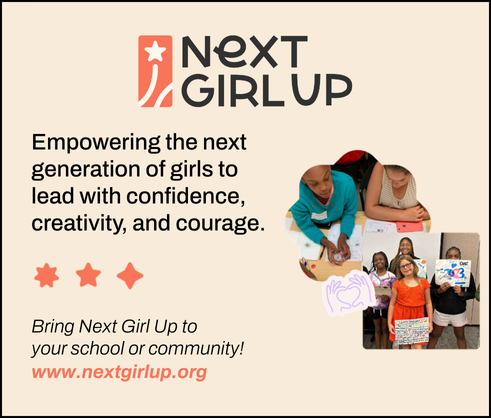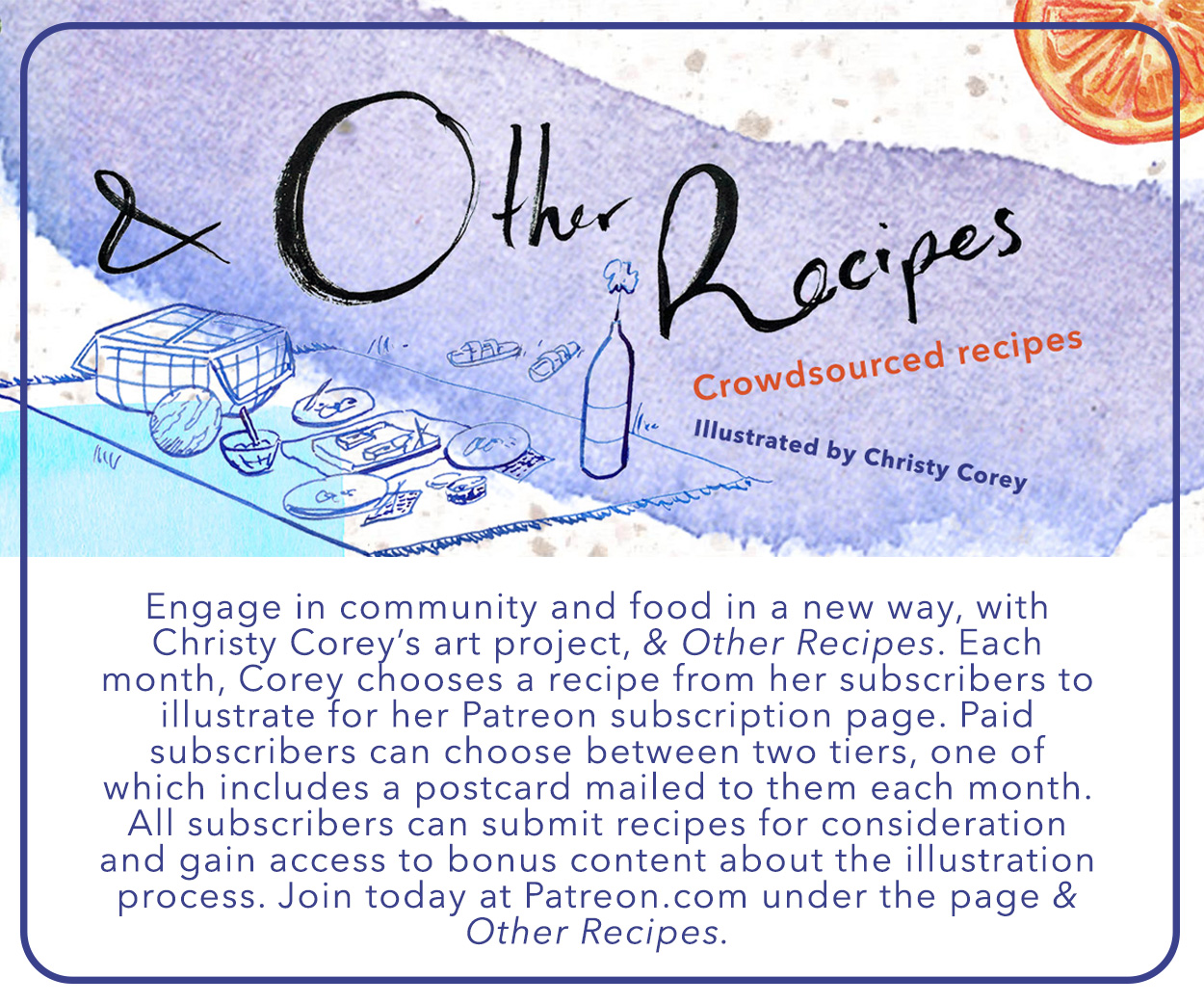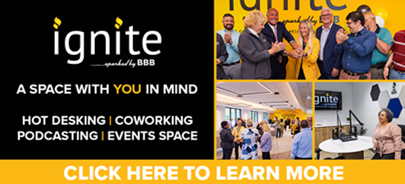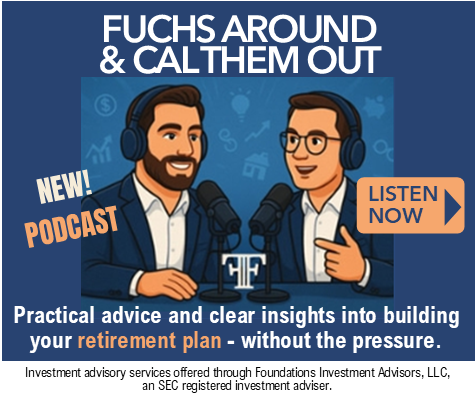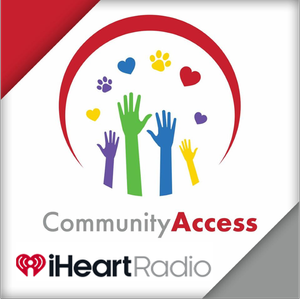PERSPECTIVE l Time, Talent, Treasure, Testimony – The Ideal Attributes of a Volunteer Board Member
/by Peter F. Eder More than five hundred not-for-profit boards are operational in Connecticut. Over the past century, not-for-profit organizations have played a vital and often times critical role in delivering services and support to folks in need.
A considerable body of knowledge – case histories, seminars, publications, expert presentations – and individuals and organizations expert in the field help create, sustain, enhance and measure such organizations performances.
 As a volunteer Board member of several organizations over the past three decades, I would like to reflect on what I perceive provides the most effective volunteer support of a not-for-profit organization. There are four attributes … time, talent, treasure, testimony.
As a volunteer Board member of several organizations over the past three decades, I would like to reflect on what I perceive provides the most effective volunteer support of a not-for-profit organization. There are four attributes … time, talent, treasure, testimony.
Time
Volunteers must be able to make a firm commitment of time to Board service. Ideally over the course of a three year period, they should invest enough time to first understand the organization’s mission and objectives, the community environment, the social, political, economic issues. There should be a time commitment not only to “do things” (activities assigned by the Director and the Board), but also to learn and reflect on the Board’s plans, its actions and consequences.
Talent
Volunteers should have an array of skills that can be used to supplement and enhance the organizations objectives. Expertize should be employed to train and mentor others, to tackle special issues or to improve ongoing practices. A mix of talent should be recruited, including individuals from the community or cause being served. This is particularly important since it will provide very real and current insights into needs, attitudes and available resources in the community being served.
Talent should not necessarily be used as a way to replace operational tasks on a day-to-day business, or to second guess or override any paid staff members. Rather, talent should be used to enhance and enrich efforts.
Treasure
Volunteer board members should be a source of financial support and provide a revenue base for the organization. This is to set an example of commitment both within the Board and the community, to underwrite special events or needs, to cover revenue gaps and to provide a source for covering emergencies. Those volunteers who are capable of sizeable donations, should be willing to reach out and solicit potentially generous family and friends to do likewise.
Testimony
Volunteers should be able to speak and write with conviction, passion and knowledge about the mission and the objectives of the organization. It should be done on a daily basis in the community, on public and private platforms. This should be done face-to-face, online in the form of message boards, perhaps Facebook, tweets or twitters, community TV stations, newspapers or online daily newspapers. A volunteer, speaking with certainty and compassion can animate the cause. In these days of media fragmentation and multiplication, spreading the word is vital.
Conclusion
It is the rare individual volunteer who will possess all four of these attributes. Typically, human nature will provide some with several of these assets or perhaps just one of them. In the identification and recruitment of volunteer board members, the need for these traits should be decided on and spoken about with the candidates, so that there is a clear understanding and comfort level about the expected responsibilities.
The nominating committee and the organization’s leader should be upfront and explicit about the expectations, and also about the rewards that will accrue to the volunteer. Because we know of course, that one of the truly great rewards of volunteering is that it gives back more to the volunteer, than that individual will ever initially envision.
Peter F. Eder is a retired marketing executive, AARP Connecticut community volunteer and a founding member of At Home In Darien, his community aging-in-place organization.
_________________________________________________________
CT by the Numbers publishes opinion articles of 600 words or less. Submissions should be emailed to info@ctbythenumbers.info. Perspectives are published at the discretion of CT by the Numbers.



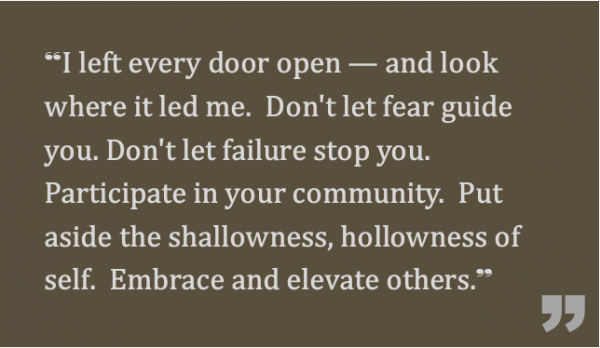 Do remember to always treat those around you with respect, compassion and kindness. Don't let the size of your paycheck be the measure of your success. Rather let it be how well you treat others and what kind of difference you make.
Do remember to always treat those around you with respect, compassion and kindness. Don't let the size of your paycheck be the measure of your success. Rather let it be how well you treat others and what kind of difference you make.
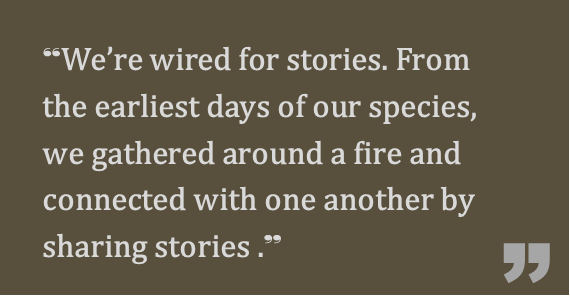
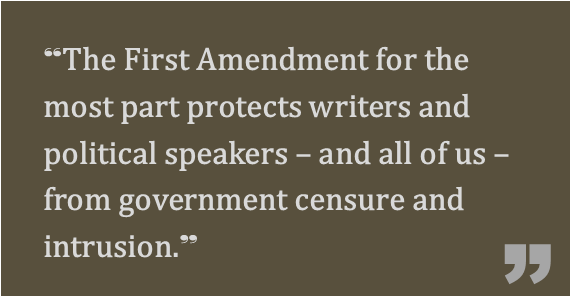 ent project on Twitter, where she is posting, one line at a time, the text of the novel “Gone With the Wind.” They object to the novel’s tolerance of racism.
ent project on Twitter, where she is posting, one line at a time, the text of the novel “Gone With the Wind.” They object to the novel’s tolerance of racism.




